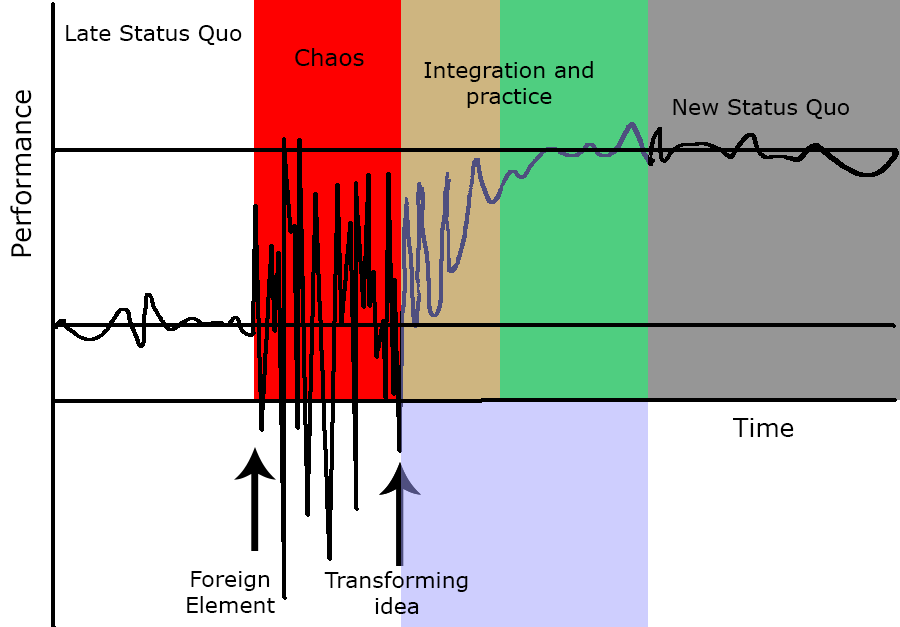I woke up early and couldn’t go back to sleep again. Thoughts and ideas were swirling in my head, so I wrote them down. I’m not looking for debate. #Leadership #CallToThink #CallToLead #CallToListen
Imagine, just for a moment, that you are free. You have no rent to pay, no mortgage to cover. You don’t need a car or to pay for the insurance. You don’t need to worry about going bankrupt should you get sick or injured by accident. You can meet your needs for essential food by walking to a grocery store near you. You have shelter, water, energy and waste services. You have freedom to choose what you want to do every minute of your waking hours. What would you do with that freedom?
Now, think about how close to that imagined picture we are right now, in the global pandemic of SARS-CoV-2 and Covid-19. Everyone is affected in some way, but each one differently. People in essential jobs, connected to basic human needs, are working harder than ever. People who work in jobs not directly connected to basic human needs are sheltering in place and physically distancing themselves from others. Since so many people now work on things not connected to basic human needs, society has come to a severe slowdown. The lifeblood we traditionally use to make society work – money – has stopped flowing easily. It’s as if the world has a giant blood clot in its main artery. Money no longer works well to support our civilization.
Road and air traffic have slowed down dramatically. As a result, our natural environment is becoming healthier. There is better air quality and less carbon dioxide being emitted. Maybe global warming is even slowing down for a bit – what if we could use this global “pause” for something really, really useful?
It seems to be a great time for us to collectively examine what we really need and what we want to do for the future of our civilization. When the current, acute, global health scare is over, do we go back to our old ways – restarting the engine that is creating a slow, imperceptible (for now) global disruption on a much bigger scale than this invisible virus? Could we redesign civilization to be sustainable to the point where we balance our consumption of natural resources with what the living planet can produce (see https://www.bbc.com/news/magazine-33133712)? Is this a time to talk about slowing population growth, to rethink the purpose of our economic systems, to fully internalize the interconnectedness of all living systems, to reshape or evolve the structures our societies have built with little conscious thought?
If your own answer to those questions is yes, how do you want those conversations to go? Where is the forum for having those conversations? How do you involve 7 Billion people in it? Or 230 million? Or 5 million?
Maybe this is not a conversation for everyone, but for people in leadership positions.
Maybe we haven’t had any real leadership capable of thinking in these ways since our oldest democracies were established.
Maybe we’ve all been too busy, chasing money, status and the acquisition of material things.
Maybe this is a time to develop extraordinary leadership capabilities that span incomprehensible complexities and help to find simple new rules we can start living by.
Maybe this a time for leaders in government, business and industry to dramatically shift their mindsets and perspective from squabbling and competing over money, market share, morality, religion and taxation to stepping into global consciousness and leadership to show us a new way, a new vision, and ways for us to move there?
Maybe this is the time for many to dive into developing their own leadership capabilities.
Is it time for you and me as well?










